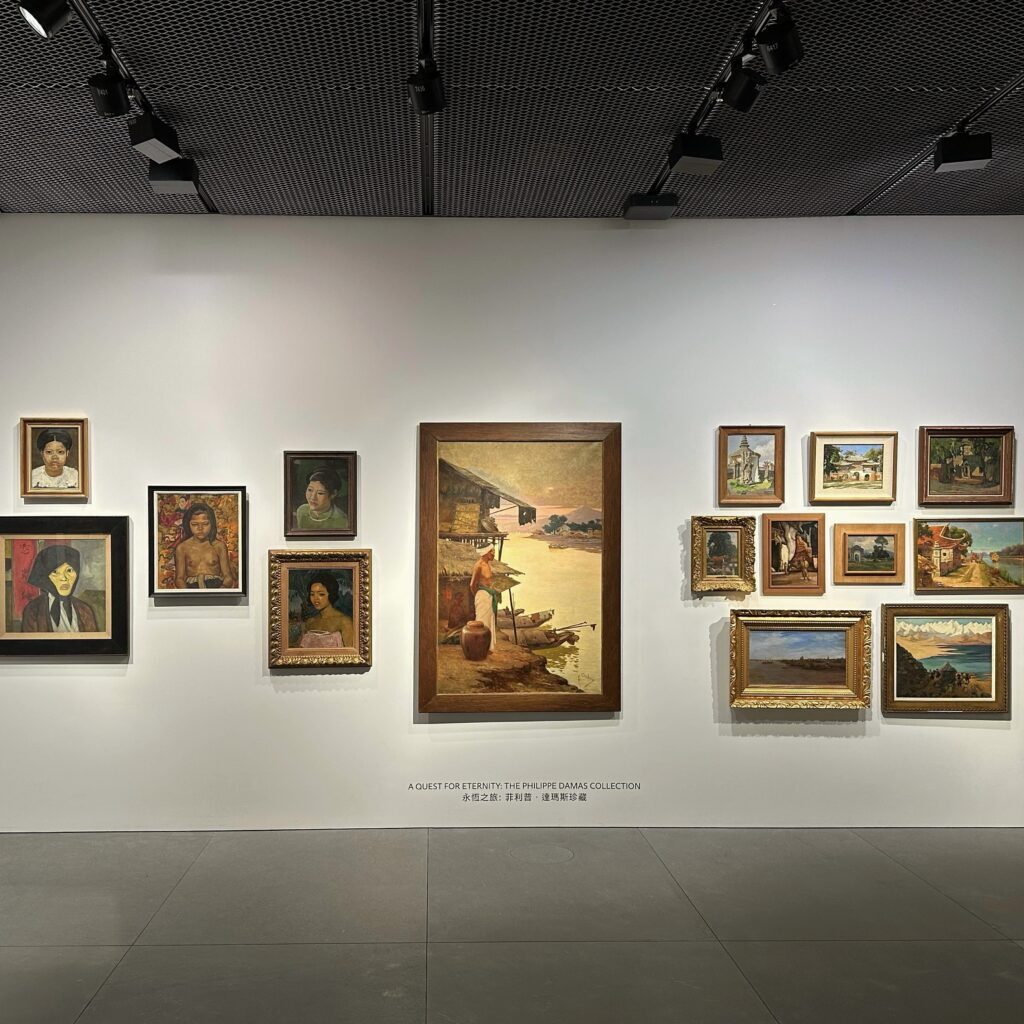
More than five centuries ago, on October 31, 1512, the frescoes on the vault of the Sistine Chapel were inaugurated.
Michelangelo's masterwork, these frescoes are set in the chapel erected at the request of Pope Sixtus IV in place of the medieval Capella Magna.
Since the 15th century, this chapel has housed the Conclave, the place where the cardinals are locked up to elect the new pope.
Dedicated to the Virgin of the Assumption, this chapel has been home to illustrious artists such as Botticelli, Ghirlandaio and Perugino.
In 1508, Pope Julius II commissioned his favorite artist, Michelangelo, to decorate the chapel's vault with scenes and figures from the Bible.
Michelangelo, who considered himself more of a sculptor than a painter, rebelled. He rightly suspected that the Pope's favorite architect, Bramante, was behind the idea, with the aim of setting him up for failure and ridicule.
Defeated by the pope's obstinacy, he spent four extremely arduous years working alone on the scaffolding, leaving us 800 m2 of imposing frescoes depicting the main episodes of Genesis, from the creation of the world to the Flood and, of course, the creation of Man.
A world-famous fresco, this work conceals many special features. Michelangelo's success lies in the fact that, at the time of its creation, he did not consider himself a painter but a sculptor.
As such, he concentrated on the form of the figures, "sculpting" in paint forms that arrest the eye against neutral backgrounds. No relation to the frescoes of his predecessors.
Aged 33 at the start of the work, Michelangelo is said to have completed it with arthritis, scoliosis and irreparably damaged eyesight.
This inspired playwright Neil Simon to quote, "If no one ever took risks, Michelangelo would have painted the floors of the Sistine Chapel."










